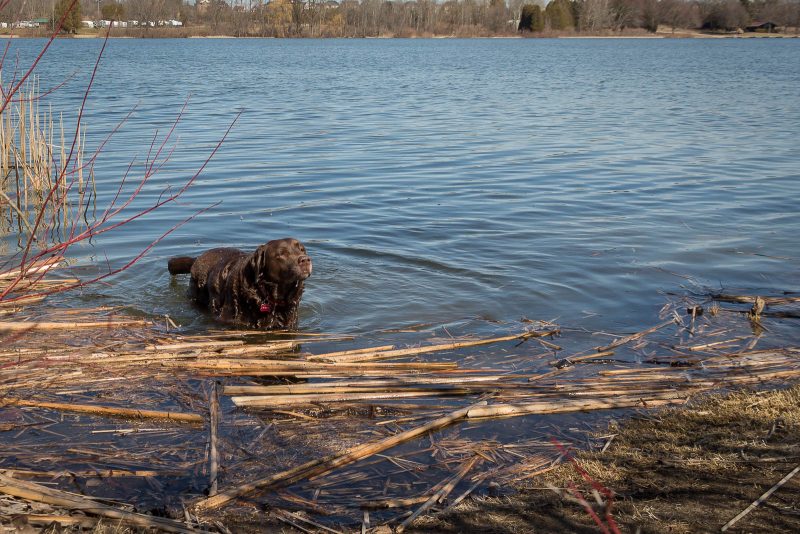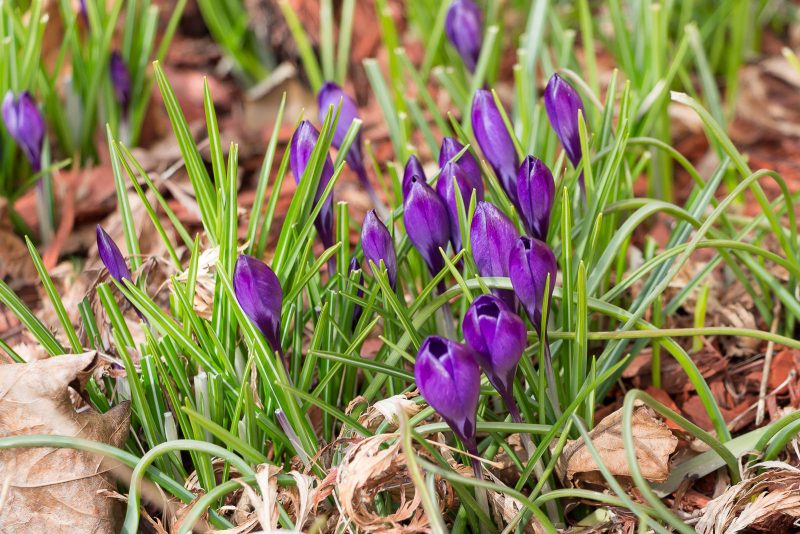Just a selection of this year’s creations. The last two pictures are the same eggs from front and from back.
Just a selection of this year’s creations. The last two pictures are the same eggs from front and from back.
Juoni.
The Finnish word juoni has multiple meanings. Plot (of a book or a play) or intrigue. As a geological term it means a dike. This dike is (I think) a magmatic intrusion, probably thousands of millions years old. This rock is in Kaivopuisto, Helsinki and the (otherwise) paved seaside way/path for pedestrians goes over it.
Click for full size!
© Ice Swimmer, all rights reserved.
Over the weekend Charly wrote an interesting post about different types of fungal infections in trees. Today, Jack and I came upon this downed tree and if I remember his post correctly this is a sapwood infection with unaffected heartwood. The damage is quite extreme and I think the infection is parasitic rather than fungal. So much of the wood has been eaten away that I suspect some sort of critter made a banquet of this tree.

©voyager, all rights reserved
Ilma.
Ilma is Finnish for air and also colloquially weather. In November 2017, it was windy and wet snow was falling in Hesperia park in Helsinki. With flash, it was possible to catch the trajectories of the falling snowflakes in the air (thanks for the advice in this blog a few months before, Caine).
Click for full size!
© Ice Swimmer, all rights reserved.
We went to the lake today to look at the lingering ice and there was none! This was cause for celebration and Jack chose to do his happy dance in the cold, cold water. Don’t worry, though, he’s fine. Jack’s coat is so dense that only his guard hairs get wet. His undercoat and skin stay completely dry. Labs are thoroughly built to be swimmers. They even have webbed feet.

©voyager, all rights reserved
Hanhi.
Finnish for goose. These are barnacle geese (valkoposkihanhi, white-cheeked goose). Hanhi used to be a common word for all waterfowl. Barnacle geese love to graze on human-made lawns and grassy areas, eating (and pooping) like horses.
Click for full size!
© Ice Swimmer, all rights reserved.
Starling! From Giliell, click for full size.
I remember the days of watching Soviet military parades on the evening news. The route always went through Red Square and I grew up thinking that the square was so named because of the connection between communism and the colour red. I could not have been more wrong. In Russian, the name Red Square translates to “Beautiful Square” and the place is indeed very beautiful. The entire square has a fairy tale feel about it and is entirely majestic. It is bordered on all 4 sides by iconic Russian buildings erected during the Imperial days of the country. The building that everyone is the most familiar with is St. Basil’s Cathedral, built in 1552 by Ivan The Terrible. Its candy coloured onion domes are emblematic of Russia herself.

St.Basil’s Cathedral
Directly across from St. Basil’s is the Russian State Historical Museum. It was built in the late 1800’s especially to house over 4 million state treasures ranging from fossils to fine gems and everything in between.

Russian State Museum
Beside the sate museum resides the Upper Trade Rows, better known as the GUM department complex. It is known for its glazed roofs, interior bridges, fountains and galleries. Today it houses the finest of designer stores and is very exclusive.

GUM Department store

Interior, GUM department store
Finally, the last side of the square is occupied by the fort wall of the Kremlin.

Kremlin with Lenin’s tomb
In this photo you see Lenin’s tomb in the foreground, then the central nexus of the Kremlin Fort wall and finally one of the main buildings of the Kremlin in the the background. Lenin’s body is still on display and open to visitors everyday except Sunday, which is, of course, the day we were there.
Link to previous post – Russian Adventure
It took some searching, but today we finally found a few spring flowers; one lonely snowdrop and a few brave crocuses. The weather remains cold here with temperatures hovering around zero and no change in sight for another week. Ugh!


